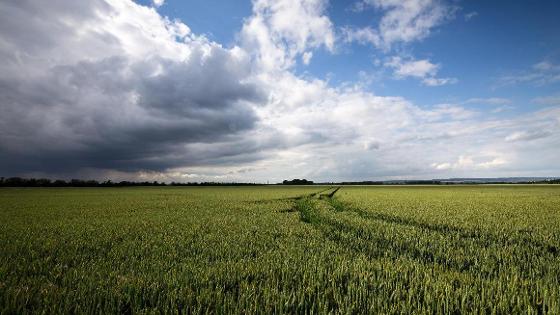Agricultural health insurance
The Social Insurance Fund for Agriculture, Forestry and Horticulture (SVLFG) implements the farmers' health insurance. It has been in place since 1972 for entrepreneurs in the agricultural, forestry and horticultural sectors and their families. The Second Act on Farmers’ Health Insurance (KVLG 1989) provides the legal basis for this.
Agricultural health insurance is a special system within the statutory health insurance scheme and offers comprehensive health insurance cover for agricultural, forestry and horticultural entrepreneurs and their families. It takes into account specific characteristics of the profession that only a special system, such as the agricultural social insurance, can cover. The system provides tailor-made health insurance for agricultural, forestry and horticultural entrepreneurs and their families in order to maintain their health and to minimise the risks and consequences of illness.
Who is insured?
In principle, insurance cover is provided for agricultural, forestry and horticultural entrepreneurs, their family members working in the businesses, family members with dependent coverage, pension claimants and recipients of a pension from the farmers' old-age security scheme, as well as other persons.
The free choice of a health insurance fund that applies in the general statutory health insurance scheme does not exist for members of the SVLFG, because this system is profession-based.
To which benefits are insured persons entitled?
The catalogue of benefits provided by the SVLFG is, in principle, no different from that provided by the general statutory health insurance funds. It does, however, contain features specific to the professions, such as the benefits for company support and home help.
What about the funding?
The principle of solidarity-based funding also applies to agricultural health insurance schemes. This means: that everyone should contribute to the financing of expenditure in line with his or her economic strength. Given that the income of self-employed persons is difficult to determine, the SVLFG uses an alternative benchmark for agricultural, forestry and horticultural entrepreneurs. Contributions for family members working for the business are paid solely by the entrepreneurs.
As a result of structural change in the agricultural sector, the ratio of pensioners to active members in the agricultural health insurance is significantly higher than in general health insurance. Even when agricultural health insurance was introduced, it was therefore not acceptable to burden farming families with the healthcare costs for the increasing number of pensioners. Since coping with the financial consequences of the structural changes that are taking place in agriculture is a task for society as a whole, the Federal Government therefore assumes the cost of the pensioners' benefits that are not covered by their contributions and the solidarity contributions of the entrepreneurs and the voluntarily insured.
The solidarity contributions of the entrepreneurs and the voluntarily insured contribute to the financing of expenses for the older generation. The solidarity contributions amounted to around EUR 60 million in 2024. This ensures that the active members of the agricultural health insurance scheme contribute to the expenses for the no longer active members in the same way as those in the general statutory health insurance scheme. The Federal Government only bears the expenses exceeding this amount. These federal funds are primarily intended to cushion the burden on insured persons in the agricultural health insurance system caused by structural changes.
Uniform national contribution scale
The contributions for entrepreneurs are calculated nationwide on the basis of the so-called corrected land values. The land value is adjusted based on the size and type of cultivated areas and on other factors (in particular the reference value laid down in the Agricultural Earned Income Ordinance (Arbeitseinkommensverordnung Landwirtschaft (AELV) and the contribution then determined using the SVLFG's contribution table. The legislator has provided the framework for the structure of contributions. For example, 20 contribution categories must be defined, with the contribution of the highest contribution category being at least six times that of the lowest contribution, and the contribution of the highest contribution category must account for at least 90 percent of the so-called comparative contribution in the general health insurance system. The SVLFG’s self-administration body is responsible for the concrete specifications.
Detailed explanations concerning the contribution scale in agricultural health insurance can be found on the website of the the SVLFG at "The Contributions in the Agricultural Health Insurance".









